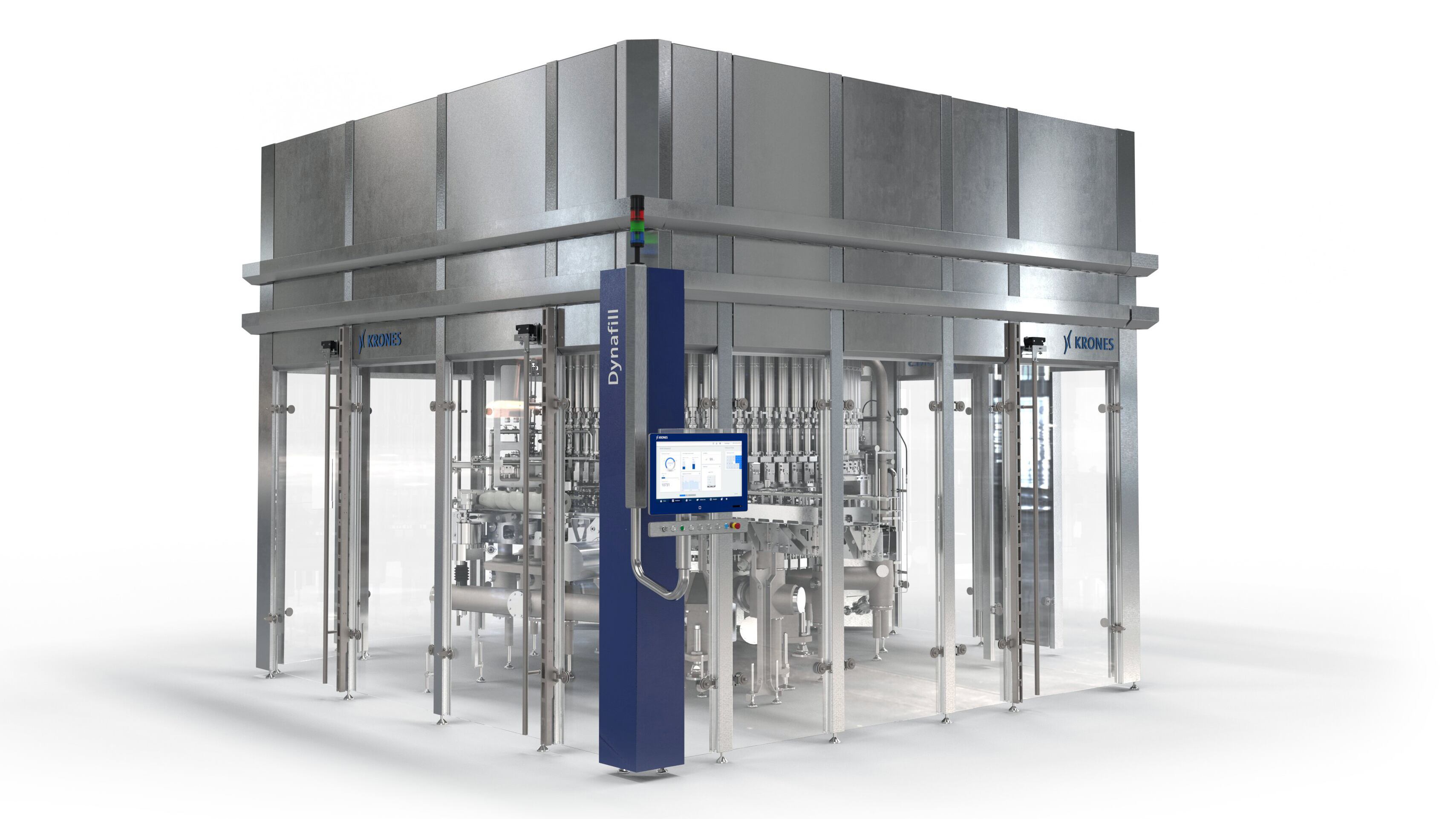With the movement away from resource consumption and towards a sustainable closed-cycle economy, we will have to find new ways to optimise packaging and recyclables in the future.
In the best case, we use packaging that offers benefits throughout its whole lifecycle - in the production process and at the point of sale, during transport and finally during recovery. Since Krones’ aim is to provide holistically conceived solutions that benefit not only the producers and consumers, but also the environment, it is only natural that development work on both bottle design and machine technology goes hand in hand. This way, disposable products like PET bottles, including the cap, thus get a chance for a sustainable, eco-compatible life – not just once, but repeatedly.
For a thorough ecological assessment, multiple factors such as material-saving packaging design and the recycling of used plastics, of course, need to be taken into account.
A holistic approach to bottle recycling
It might come as a surprise that until today, billions of PET bottles are not being recycled per year, although they are made of material which is highly suitable for recycling. This missed opportunity obviously leads to a shorter lifespan of the PET bottles and thus to a waste of valuable raw materials. But not only the ecological aspect speaks in the favour of recycling: No matter if you operate a filling line, supply packaging to beverage filling companies or produce other plastic products – a recycling system will make you independent of material procurement, save you a lot of costs and provide a solid argument of high publicity effect regarding sustainability and ecological efficiency. With its MetaPure systems, Krones offers the possibility to recycle not only PET in different material qualities up to and including food-grade PET, but also additional types of plastics such as polyolefins (PO). With its holistic approach, the company plans to expand its technology even further to be able to cover additional types of plastic in the future.
The hidden potential in returnable PET
But not only disposable PET, but also returnable PET containers can be of value for the beverage packaging market. Up until now, returnable PET played a rather small role. However, results of a joint research project of Krones and Alpla clearly showed that the material has yet largely untapped potential: In the project’s first phase, the material and process parameters underwent a comprehensive scientific evaluation. Based on these findings, Krones and Alpla developed a returnable PET container that provides an optimal environment for sensitive ESL (Extended Shelf Life) products such as juice and milk in the cold chain. To obtain an objective and meaningful base of data, Krones’ development plant for washing technology in Flensburg carried out a series of tests, analysing the interaction of different bottle designs and cleaning processes. The tests provided a very clear picture of the respective thermal, chemical, and mechanical factors. The findings clearly prove that temperatures around 60 °C are sufficient to reliably remove even dried protein, fat, and starch contamination from the containers with the right combination of parameters.
Upcoming changes in the industry
Not only in terms of material, but also in terms of design, there will be significant changes in the beverage packaging industry. With the EU’s Single-Use Plastics Directive mandating that the caps of non-returnable plastic bottles must be designed so that they remain connected to the bottle even after opening, around 1,350 bottling lines EU-wide will need to be prepared to handle tethered caps according to PricewaterhouseCoopers. Therefore, the industry is already making necessary changes in order to be prepared for when the new regulation will come into effect in 2024.
In general, tethered caps can be split into two groups: flip-top caps and screw caps. Flip-top caps, which are also known as flip lids, flip tops or thumb-ups, are designed to stay permanently connected to the bottle right from the outset. They are normally suitable for non-carbonated beverages or low internal container pressures. In contrast, with today’s screw caps, the connection between the container and the cap is broken when used correctly. However, screw caps are needed to seal bottles above a certain bottle interior pressure. This means that an additional feature has to be included to make the cap stay connected to the container. The outer contour of the cap may have a rotationally symmetrical exterior shape in both options, so that the cap can be accommodated in the cap retainers usually found in today’s cappers. The shape can also deviate from a rotationally symmetrical round shape, for example due to hinge designs. In such cases, special gripper heads must be used in the closer. For all these cases, Krones offers individual sorting and capping technology.
Secondary packaging
Oftentimes, beverage containers come to our minds first, when we think of reducing the use of materials. But if we think further, we realise that secondary packaging also has a significant savings potential. Therefore, three questions arise when it comes to sustainable packaging: How do the different types of packaging impact the natural environment? In what relation does this impact stand to the function and utility of the package concerned? And lastly: Which package creates the greatest advantage for which application – for producers, consumers and the natural environment alike? Of course, these are complex and multi-layered questions, which need solid answers. Therefore, Krones is extending its enviro sustainability programme: In the future, not only machines, lines, and technical systems, but also innovative packaging solutions developed by Krones will be assessed and certified against enviro criteria. The overriding goal of enviro designs is to minimise the concomitant environmental impact, for example by reducing greenhouse gas emissions and preserving the ecosystem and biodiversity. The associated criterion listing is currently being drawn up by our enviro Officer. As with the existing enviro system, this is being done on close consultative liaison with the TÜV SOUTH technical inspectorate as an objective appraiser. The listing is based not only on the relevant statutory requirements, but also on clients’ stipulations and eco-design guidelines from associations and institutes. One of the solutions, for example, is the LitePac packaging option. In the shape of LitePac, Krones has created a secondary package that consumes up to 90 per cent less energy in the production process and even 70 per cent less waste than shrink-packs.
Nowadays, sustainability is a deciding factor for the choice of packaging – be it due to regulations, voluntary climate targets, or growing environmental awareness among consumers. For each case, a number of factors come into play and the ecological value of a packaging must be evaluated individually.






